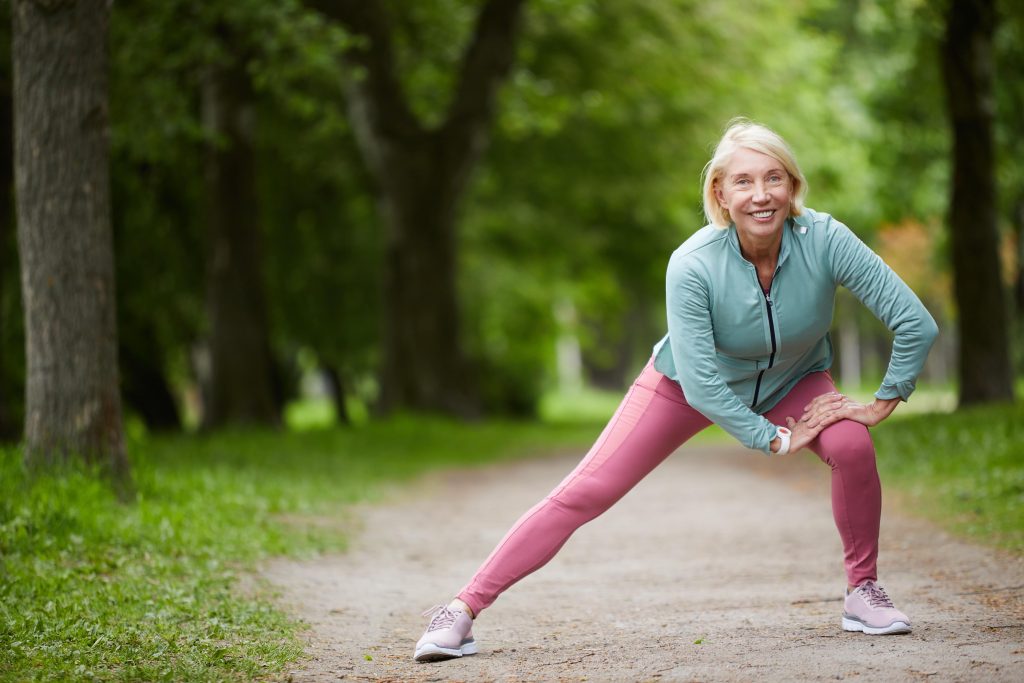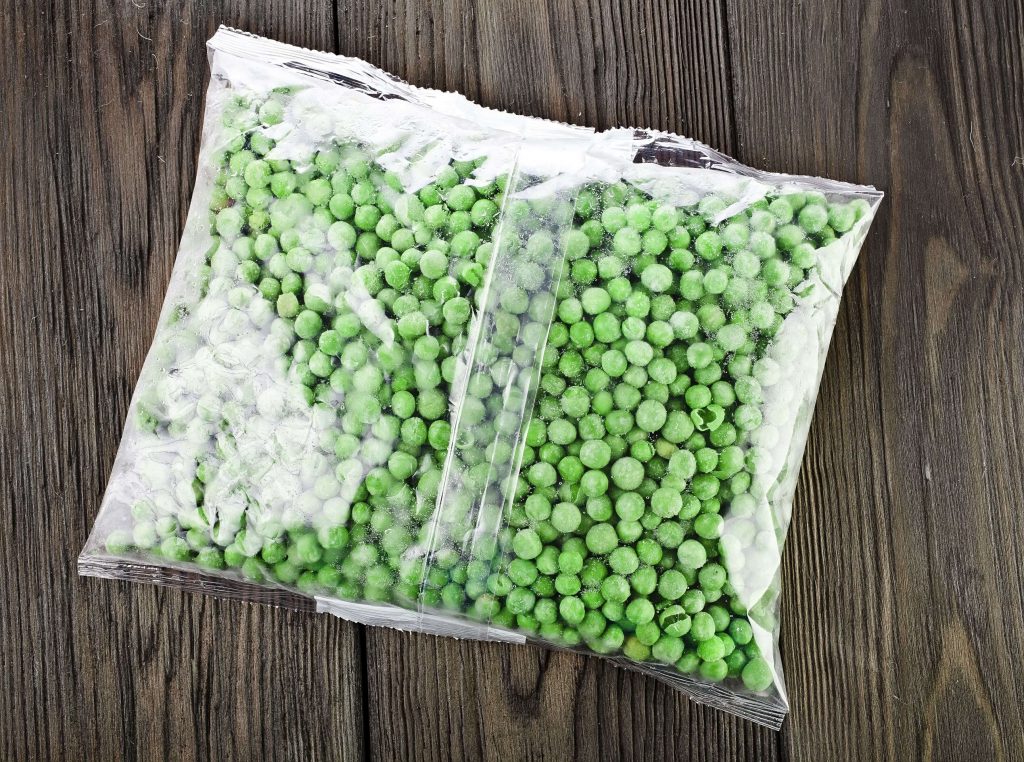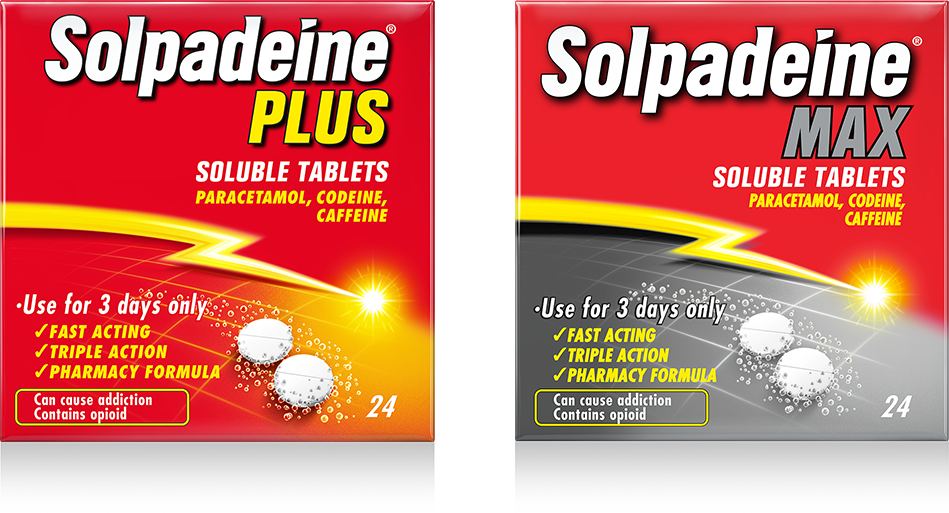What is knee pain?
Knee pain is common and can happen to anyone – particularly if you’re an active person.
Knee pain causes
While knee pain can be a symptom of many different conditions, you may experience knee pain after overstretching, overusing or twisting, often during exercise.1

Knee pain types
Knee pain falls into two categories: pain after injury, and pain where there’s no obvious injury.1
Knee pain symptoms
You may experience knee pain after overstretching, overusing or twisting your knee, often during exercise. You might feel this pain between your kneecap and shin – called tendonitis – especially if you’ve been doing repetitive running or jumping. If you have damaged the cartilage in your knee it could feel unstable, give way when you try to stand, or you might be unable to straighten it.
If there has been no obvious injury to the knee then the pain, stiffness or swelling could be due to other causes, such as osteoarthritis or gout.1
Knee pain relief
In most cases you will be able to easily treat your knee pain at home. The first thing to do is try put as little weight as possible on the knee that’s causing you pain and, if you can, avoid standing for too long. Using an ice pack (or bag of frozen peas wrapped in a tea towel) on your knee for up to 20 minutes every 2 to 3 hours, should also help to relieve your discomfort.1
For knee pain relief try Solpadeine Plus or Solpadeine Max. If the pain is bad or lasts a long time, ask your pharmacist for more advice and see your doctor.

Treat my pain
The Solpadeine range of clinically proven dual and triple action painkillers deliver pain relief when you need it most

References:
1. NHS: Knee pain. Available at: https://www.nhs.uk/conditions/knee-pain/ Accessed July 2021.
Solpadeine® Max Soluble Tablets, Paracetamol 500mg, Codeine Phosphate Hemihydrate 12.8mg, Caffeine 30mg For the treatment of acute moderate pain which is not relieved by paracetamol or ibuprofen alone. Contains codeine. Can cause addiction. Use for 3 days only. Always read the leaflet.
Solpadeine® Headache Soluble Tablets contain Paracetamol and Caffeine – a mild analgesic and antipyretic formulated to give extra pain relief. Always read the leaflet.
Solpadeine® Plus, Solpadeine® Max and Solpadeine® Headache products are not recommended for children under 12 years of age.
SolpaOne® 1000mg Effervescent Tablets contains paracetamol only. For the treatment of mild to moderate pain and/or fever. For adults and adolescents over 50kg of body weight aged 16 years and above. Always read the leaflet.

